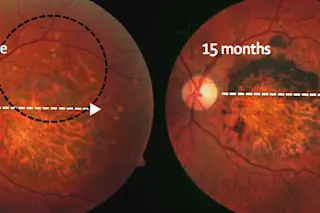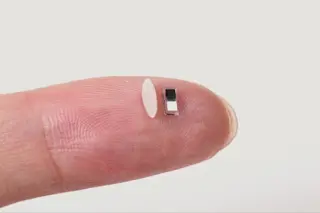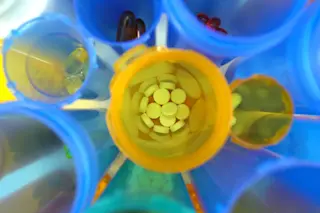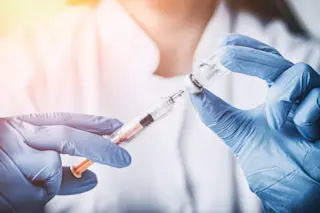A colony of embryonic stem cells. | Kauczuk/Wikimedia Commons
Since embryonic stem cells were first cultured in the lab more than 30 years ago, researchers have talked up their therapeutic potential. Able to differentiate into dozens of tissue types, stem cells might be used to regenerate organs and treat numerous diseases.
The proof has been slow to come, however. “You’ve been hearing about them for decades, but where’s the beef?” asks Robert Lanza, chief scientist at Advanced Cell Technology and a pioneer of regenerative medicine. The field has been dogged by political and religious opponents, who object to the destruction of human embryos during the harvest of cells.
So there was extra satisfaction in October when two scientific teams, Lanza’s and a group led by Harvard University’s Douglas Melton, each announced advances. The group at Harvard’s Stem Cell Institute coaxed human embryonic stem cells into pancreatic cells. Transplanted into diabetic ...















